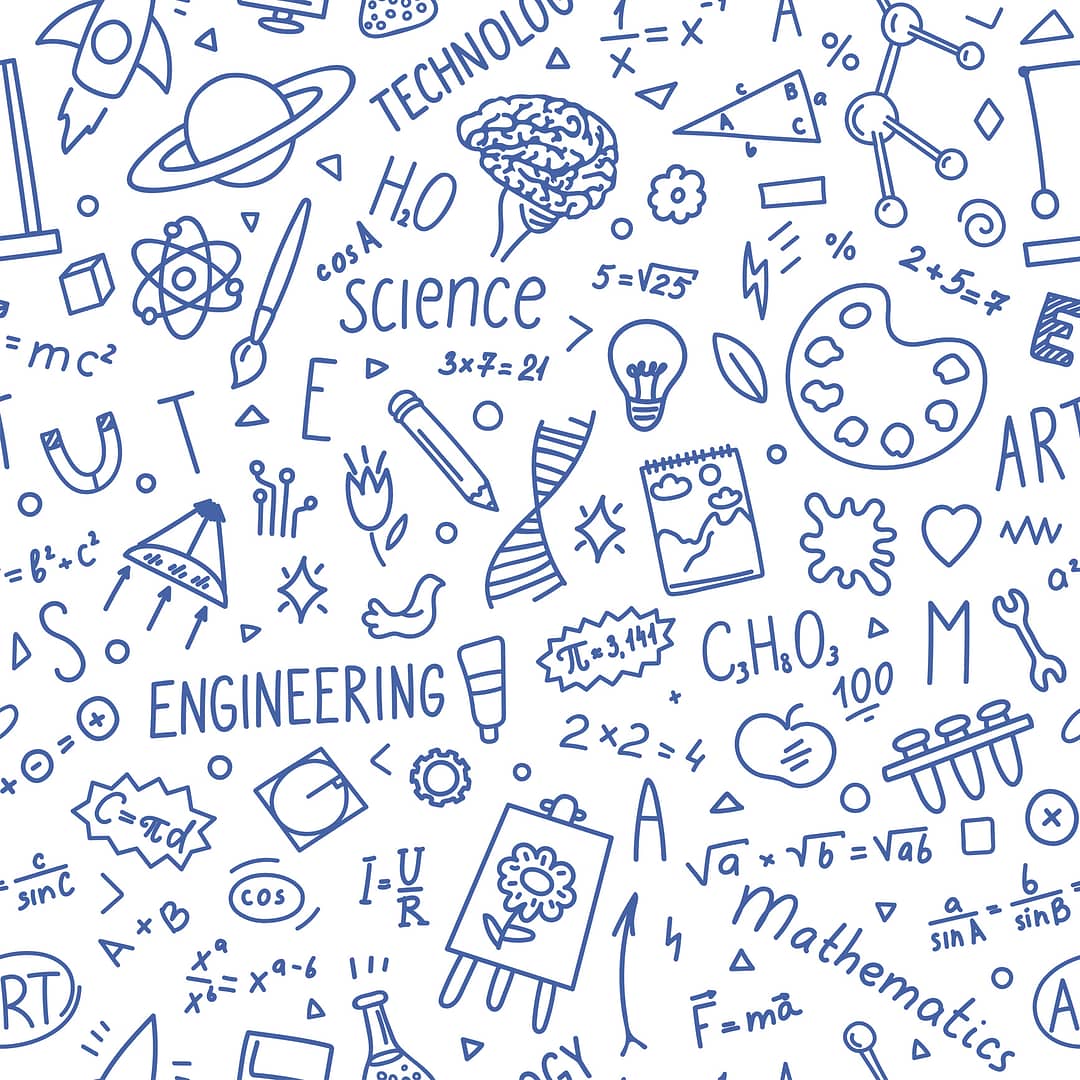Enhance Understanding Of Maths With Cross-Curricular Links Across The Primary Curriculum
Written by Kapow Primary
Published on 22nd March 2024
Last Updated: 17th January 2025
Written by Kapow Primary
Published on 22nd March 2024
Last Updated: 17th January 2025

Maths isn’t just about numbers – it’s a universal language that connects everything around us. When we weave Maths into other subjects, we not only make it meaningful but , we also give children the tools to improve skills and solve real-world problems. Schools too can benefit in several areas:
Although Kapow Primary does not offer Maths lessons, we purposefully introduce links to Maths through foundation subjects to deepen the understanding and awareness of different mathematical concepts. In this blog, we have highlighted several Kapow Primary lessons that directly link to the learning of Maths and allow primary pupils to use mathematical skills.
Science, technology, engineering and mathematical (STEM) concepts are integrated in primary Maths to teach mathematical principles through real-world applications. Kapow Primary’s STEM subjects (Computing, Design and technology, and Science) are interconnected and emphasise critical thinking, problem-solving and creativity. For example, children can learn about measurement and geometry through building structures in Design and technology or through exploring patterns and sequencing in Computing coding activities. This approach helps pupils understand the practical relevance of Maths and develops a deeper understanding of STEM disciplines.
Further coding with Scratch allows pupils to develop code by using variables to create a times table quiz, while binary numbers can be used in the Data handling: Mars Rover 1 lessons.
In Using RFID (Radio Frequency Identification) lessons, children gather data from a theme park, add it to a spreadsheet and create graphs. They then analyse the data and suggest improvements for the theme park. In the lesson on transport data, they interpret data from spreadsheets to plan journeys for various people.
Design and technology incorporates many mathematical skills such as precision drawing, measuring and cutting, as well as strategic thinking and problem-solving. Children can practise specific skills like these in the cooking and nutrition units. For example, pupils focus on budgeting as they select ingredients in Cooking and nutrition: Adapting a recipe and they use Maths when evaluating the nutritional value of different ingredients.
An enquiry lesson on modelling natural selection in Year 6 allows pupils to use Maths to calculate the mean as an average. They’re supported by the ‘Calculating the mean average’ song, making learning effective and enjoyable.
Measuring length and angles are key mathematical skills that pupils develop in The bones in our body, Shadows throughout the day and Reflecting light.
And, pupils explore different methods of representing data in:
In key stage 1, children will draw and overlap 2D shapes, looking carefully at their properties and practising how to draw them in Experimenting with media. When designing a tile, pupils look for shapes to identify negative and positive space. This lesson could be adapted to have a stronger focus on shape design.
In key stage 2, in See like an artist, pupils recognise shapes in drawings and use them as the basis for their own work, and they will learn to apply principles of scale and measuring in their observational drawing of houses.
The Year 1 lesson asking Can we map our local area? allows pupils to describe their location using compass directions, and in Year 3, children use four-figure grid references to plot a route on a map in Who was Shackleton?
Pupils learn about charts and graphs in:
Our unique interactive timeline is a number line that includes negative numbers. Children use it to develop a sense of chronology and can use it to sequence different events.
In Shapes and colours in French and Describing shapes (Spanish), children learn to describe 2D shapes. They also learn vocabulary for numbers, calendars and birthdays.
In both the French and Spanish shape lessons, children create simple artwork inspired by Gaudi and Matisse, thus combining languages with Maths and Art and design. These lessons are an example of how we use Maths in everyday experiences!
Our strand, ‘Economic wellbeing’, teaches pupils across each key stage how to manage money. Through practical application, children use Maths in:
It’s clear that all primary foundation subjects link with Maths in some way, helping children reinforce learning and apply mathematical concepts to everyday life. Highlighting these connections is vital in showing the importance of Maths and its relevance across different subjects.
Maths will be promoted and celebrated on various dates in 2024 that your school can get involved with, such as: